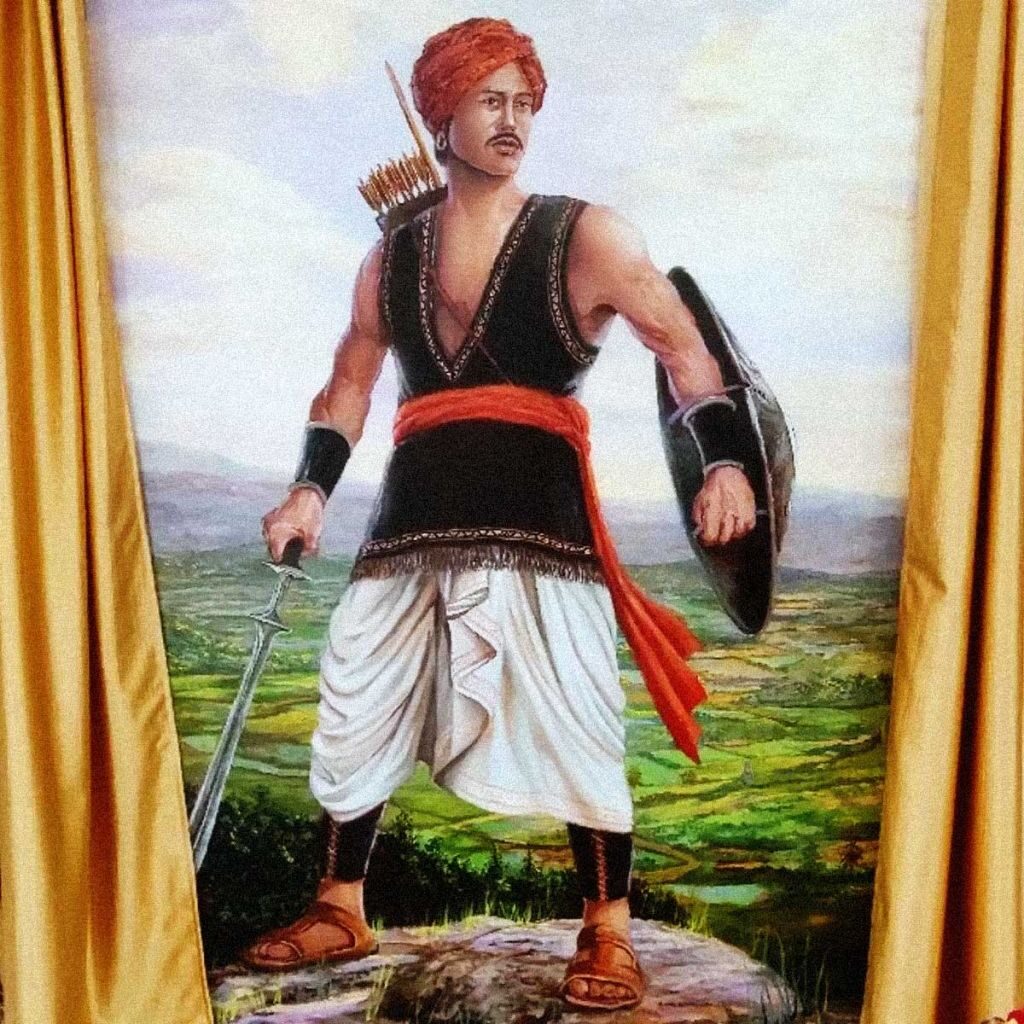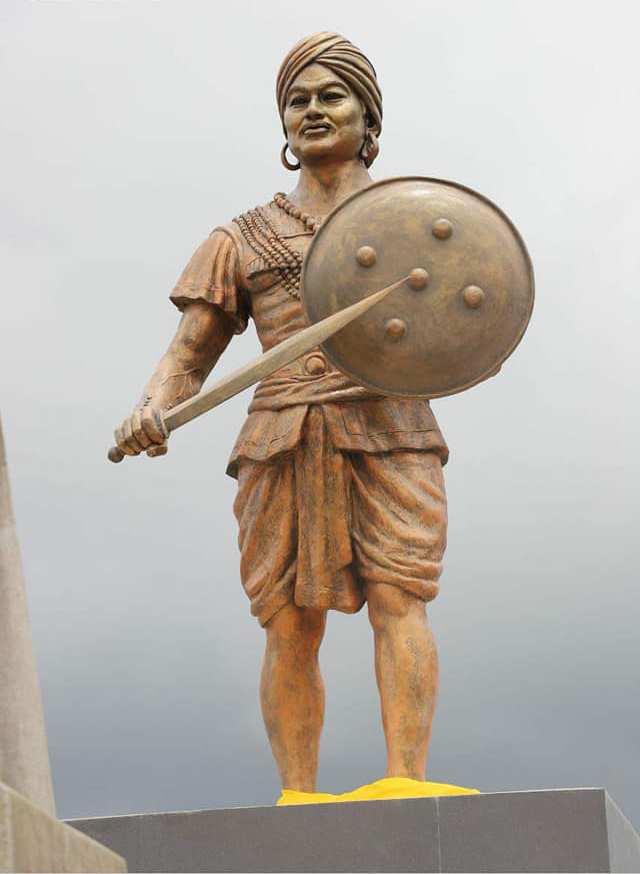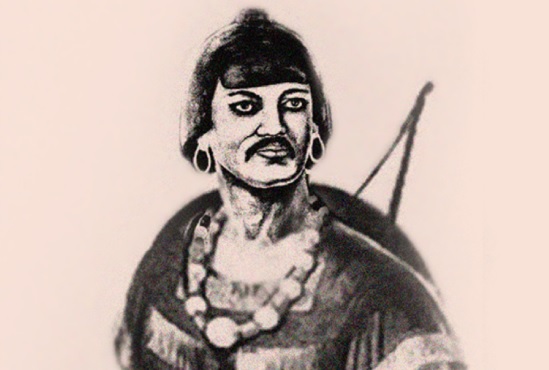Without U Tirot Sing Syiem, the tale of India’s liberation fight in the Khasi hills of Meghalaya would be incomplete. After annexation, the British gradually brought the Khasi, Garo, and Jaintia Hills under their governmental rule. Traditional chiefs and local authorities in the region were adamantly opposed.
Tirot Sing was the Syiem (Chief) of Nongkhlaw, a Khasi kingdom in Meghalaya’s mid-western Khasi hills. He was born in 1802 and came from the Syiemlieh family. The common people of the hills addressed him as the Syiem because of his outstanding leadership abilities.
The British Government chose to occupy the Brahmaputra after the first Anglo-Burmese War (1824-26) and the signing of the Treaty of Yandaboo (1826) to build an all-weather road connecting the two valleys of the Brahmaputra and the Surma. Only the Khasis’ Hima Nongkhlaw region could be used to build such a route. It was the quickest route connecting Assam and Sylhet to the rest of Bengal.
The goal was to connect the two major British headquarters, Kamrup (now Guwahati) and Sylhet (in present-day Bangladesh). The British considered connecting both valleys to be strategically important in order to ensure that their forces could travel quickly and safely.
David Scott, the British political agent on the North-Eastern Frontier, asked permission from Tirot Sing to build this route. Scott recommended that U Tirot Sing Syiem be given authority of the duars and checkpoints that ran through Assam in lieu of the permit. They also promised him that the projected route would be open to free commerce.
Also Read – ‘Second Paris’ Was Built During WWI To Confuse German Bombers

After a two-day discussion with his durbar, Tirot Sing agreed to this suggestion, believing it would boost connection in the area. Raja Balaram Singh of Rani in modern-day Assam challenged Tirot Sing’s claim to the duars once the road’s construction began. The British gave Tirot Sing the cold shoulder and betrayed him when he went to meet him with his forces.
They were pushing their way into the hills, seizing territory and forcing their own beliefs on the inhabitants. Tirot Sing, as Raja, was enraged by the foreigners’ arbitrary conduct. As a result, the Khasis determined to push the foreigners out of the highlands, resulting in the Anglo-Khasi conflict of 1829-1833. Tirot Singh performed admirably in this bout. He soon learned that the British were dispatching more forces from Guwahati and Sylhet. He realized they planned to take over the entire region between the Brahmaputra and Surma Valleys.
He delivered a warning to the British demanding them to leave Nongkhlaw immediately, alarmed by the threat to his realm. They did not, however, follow his directions. As a result, Khan declared war on the British for attempting to colonize the Khasi highlands. Tirot Sing’s men assaulted the British garrison at Nongkhlaw on the night of April 4, 1829, killing two officers and injuring a few more. Tirot Sing and his army battled for four years without ceasing to fight.
He assembled a special group of warriors and stationed them in hidden caves in the hills to manufacture munitions. They frightened British officers stationed in the Khasi highlands by attacking their outposts at night. They also used guerilla warfare strategies that had been developed locally. They took full use of their understanding of the difficult terrain.
Also Read – Facts, Traditions, and the Origin of Christmas

Even after suffering a grievous gunshot wound, Tirot Sing’s national courage could not be dimmed. He was noted for his adept organizational abilities, which he backed up with effective spies. His iconic words, “Better to die as independent monarch than reign as a subordinate,” inspired his people with fortitude and courage.
His hiding place in the hills was discovered by British soldiers in January 1833. He was repatriated to Dhaka after a quick trial. At the Dhaka Central Jail, he died on July 17, 1835. His name, along with that of the Garo chieftain Pa Togan Nengminja Sangma and the Jaintia fighter U Kiang Nangbah, is inscribed on the Martyr’s Column in Shillong. On his 186th death anniversary, a life-size statue of Tirot Sing was installed at Madan Mot Tirot in Mairang last year. Every year on July 17th, Meghalaya marks Tirot Sing’s death anniversary (declared as a state holiday). In 1988, the Indian government issued a postage stamp in his honour.
Also Read – Racist History Of Modern Gynaecology



